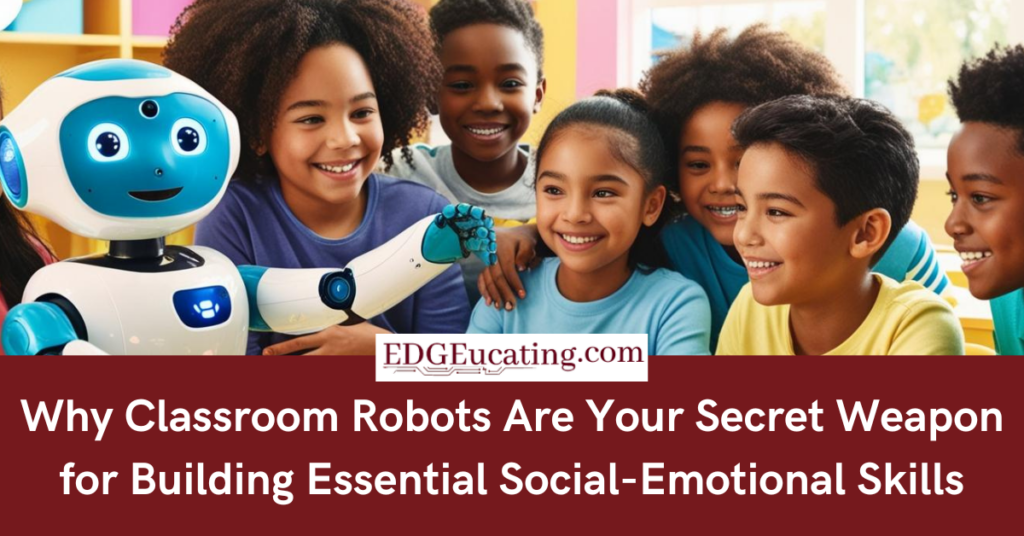Integrating technology into the classroom is essential. Robotics, in particular, offers a dynamic and interactive platform to teach vital social-emotional learning (SEL) skills. Hands-on robotics kits further enhance this process by giving students tangible tools to explore empathy, communication, and emotional regulation. These skills, including empathy, communication, and emotional regulation, are crucial for all students, especially those in special education (SPED) and gifted programs, who often face unique social and emotional challenges.
The Role of Robotics in Teaching Social-Emotional Skills
Robotics serves as an interactive partner in learning, modeling appropriate behaviors, and responding to user actions. This makes it particularly beneficial for students with social learning challenges or developmental delays. By engaging with robots like Ozobot, KaiBot, Blue-Bot, Dash, and others, students can develop key social skills such as turn-taking, cooperation, and emotional regulation.
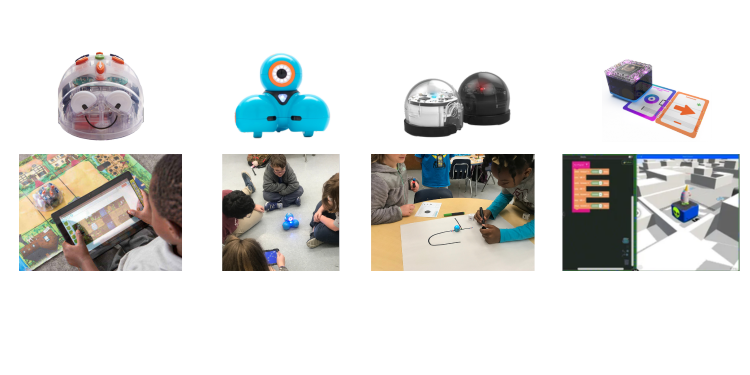 Innovative Products for SEL Development
Innovative Products for SEL Development
Incorporating robotics into the classroom can be tailored to the unique needs of all students. Robotics kits and products like Kai’s Clan and Pi-top offer innovative ways to integrate SEL with technology. Kai’s Clan combines collaborative coding and gamification to teach students about teamwork and empathy. Through interactive missions, students learn to communicate effectively and solve problems together, fostering a sense of community and shared purpose.
Pi-top emphasizes real-world problem-solving and engineering. By working on hands-on projects, students not only develop technical skills but also learn to manage emotions and collaborate with peers. The engineering components of robotics encourage students to think critically and adapt to challenges, essential skills for both academic and personal growth.
Connection Over Content
In our previous article, “Personalized Learning: Connection Over Content,” we emphasized the importance of building connections with students. Robotics provides a unique opportunity to strengthen these connections by creating engaging and meaningful learning experiences. By focusing on the emotional and social aspects of learning, educators can create a supportive environment where students feel valued and understood.
Practical Applications in the Classroom
Incorporating robotics into the classroom can be tailored to the unique needs of all students. Encourage them to explore open-ended problems, engage in peer discussions, and reflect on their learning experiences. Using robotics kits, students can also simulate real-world scenarios, helping them apply SEL skills in practical contexts.
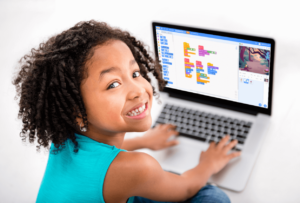
For example, using Dash to perform a sequence that represents calmness and relaxation can teach students about stress management. Similarly, creating an obstacle course that challenges stereotypes can foster critical thinking and empathy. These activities not only enhance students’ technical skills but also promote a holistic approach to learning and well-being.
Clearly, the integration of robotics into your classroom offers transformative opportunities to enhance students’ social-emotional learning (SEL) skills. To effectively implement this, you should consider the following strategies:
- Create engaging and interactive robotics activities that allow students to practice empathy and emotional regulation.
- Incorporate mindfulness practices within robotics sessions to help students develop awareness of their emotions.
- Utilize innovative products, such as Kai’s Clan and Pi-top, to teach teamwork and problem-solving in real-world contexts.
- Facilitate discussions that guide students in reflecting on their collaborative efforts and their feelings during projects.
Enriching your classroom environment with these approaches creates pathways for students to connect and develop vital social skills. Knowing that the integration of SEL through robotics can significantly affect your students’ overall development and emotional well-being is empowering.
The Importance of SEL for All Students
While gifted students often experience asynchronous development, where their intellectual capabilities outpace their emotional and social growth, students in SPED programs may face different challenges. These can include difficulties with communication, social interaction, and emotional regulation. Research has shown that integrating SEL into the curriculum can significantly benefit all students by improving self-awareness, emotional intelligence, and academic achievement (Durlak et al., 2011). SEL helps students balance their intellectual and emotional development, providing lifelong benefits that extend beyond the classroom.
Integrating Mindfulness with Robotics
The concept of integrating mindfulness with robotics is innovative and deeply rooted in historical practices. Historically, automata—considered precursors to modern robots—served both scientific and spiritual purposes. These intricate machines, like the mechanical monks of the Middle Ages, were designed to mimic human and animal movements, instilling a sense of wonder and embodying metaphysical themes. Drawing inspiration from these early animated machines, educators can incorporate educational robots into mindfulness practices.
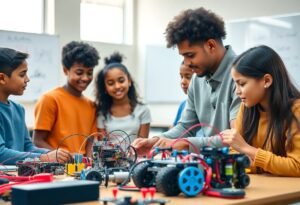
For instance, programming robots to mimic the rhythm of breathing can transform potential energy into kinetic energy, facilitating a loving-kindness meditation. Such activities not only teach students about robotics and coding but also help them develop a deeper understanding of their own emotions and the importance of mindfulness.
Designing automata built with basic robotic elements such as micro: bits or hummingbird kits can be expanded through robotics kits that combine coding, sensors, and movement. Such activities not only teach students about robotics and coding but also help them develop a deeper understanding of their own emotions and the importance of mindfulness.
Incorporating advanced AI features using tools like Oti-Bot and Nous is revolutionizing how students engage with robotics and social-emotional learning. These innovative platforms utilize AI capabilities such as facial recognition and AI model training to help students gain a deeper understanding of human behaviors. By interacting with Oti-Bot and Nous, students can explore how AI interprets facial expressions and emotions. This provides a unique opportunity to study empathy and social cues in a controlled environment. This hands-on experience not only enhances their technical skills but also fosters a greater awareness of the complexities of human interactions, making these tools invaluable in teaching SEL skills across diverse learning environments.
Influencing Student Engagement
Some of the most impactful factors that influence student engagement in robotics-focused, social-emotional learning (SEL) environments stem from the unique characteristics of the students themselves and the educational strategies educators employ. To foster a high level of engagement, you must take into account several vital elements, such as:
- Individual Interests: Catering to your students’ diverse interests can significantly boost motivation.
- Learning Environment: Creating a welcoming and supportive atmosphere enhances participation.
- Technology Integration: Effective use of robotics tools can stimulate curiosity and innovation.
- Social Interaction: Opportunities for collaboration promote a sense of belonging among students.
- Real-World Connections: Demonstrating the relevance of robotics and SEL in day-to-day life can capture attention.
Engagement is further cultivated through incorporating frameworks that leverage technology, promoting technical skills and interpersonal abilities. Recognizing that students possess varying levels of comfort and capability with technology is vital when implementing robotics. Additionally, intersectional variables such as students’ cultural backgrounds, emotional states, and previous experiences can impact their willingness to engage during SEL activities. Your role as an educator extends beyond teaching technical proficiency; you also play a pivotal role in nurturing an environment that primes students for emotional and social success.
Beyond individual attributes, peer dynamics and feedback mechanisms are also critical in fostering engagement. When students work collaboratively with their peers, it can bolster their motivation and commitment to learning. Group activities that involve robotics, such as programming a robot to complete a challenge collaboratively, can create an atmosphere of shared responsibility. Personalizing these interactions by recognizing and addressing the unique strengths and areas for growth within your classroom can be a strong catalyst for deeper student engagement and connection.
Integrating robotics into your curriculum promotes technical skills and empowers you to teach vital problem-solving skills through innovative strategies. One practical approach is to encourage students to engage in collaborative projects that require them to identify challenges and develop solutions as a team. As they work together, students will naturally learn to communicate their ideas, negotiate differing opinions, and ultimately arrive at a consensus on how to approach a given problem, reinforcing their social-emotional learning (SEL) skills in the process.
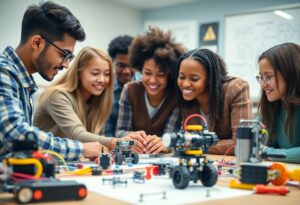
EDGEucating: Your Partner in Educational Innovation
At EDGEucating, we understand the challenges educators face in integrating new technologies into their classrooms. As fellow educators, we’re here to help you navigate the process of vetting and purchasing products, removing the stress and uncertainty. We offer customized professional development tailored to your specific needs, whether it’s using robotics to teach SEL skills or finding innovative ways to enhance your learning environment. We aim to support you in creating a dynamic and engaging educational experience for your students. Email us for more information on how we can help or to get a free consultation on which robotics products best fit your needs!
Empowering Students Through Robotics and Social-Emotional Learning
Conclusively, integrating robotics into your classroom allows you to empower your students to develop vital social-emotional skills alongside their technical abilities. By engaging with interactive tools such as Ozobot, Dash, and advanced AI platforms like Oti-Bot and Nous, you create an enriching environment where students can practice empathy, communication, and emotional regulation. This hands-on experience enhances their understanding of robotics and equips them to tackle social challenges inside and outside the classroom. As you embrace these innovative approaches to learning, you foster a community of collaboration and growth that benefits all students, including those in special education and gifted programs.
Moreover, by focusing on integrating mindfulness practices with robotics, you can deepen your students’ appreciation for emotional awareness and self-regulation. Engaging in breathing-mimicking robots or coding emotional responses highlights the connection between technology and well-being. This approach shifts the learning focus from mere content mastery to developing holistic individuals who can navigate the complexities of emotions and human interactions. By creating these meaningful learning experiences, you can guide your students toward becoming empathetic, socially aware citizens prepared for future challenges.
After all is said and done, by incorporating robotics and social-emotional learning into your educational practices, you are not simply teaching your students how to code but providing them with the necessary life skills to shape their future. Therefore, now is the time to explore resources that offer ready-made coding lessons, tutorials, and mindfulness exercises, and robotics kits tailored for your classroom. Let EDGEucating assist you in this journey by providing customized professional development and support. Reach out today for a free consultation and discover how robotics can significantly enhance your teaching and empower your students to thrive in an ever-evolving world.

